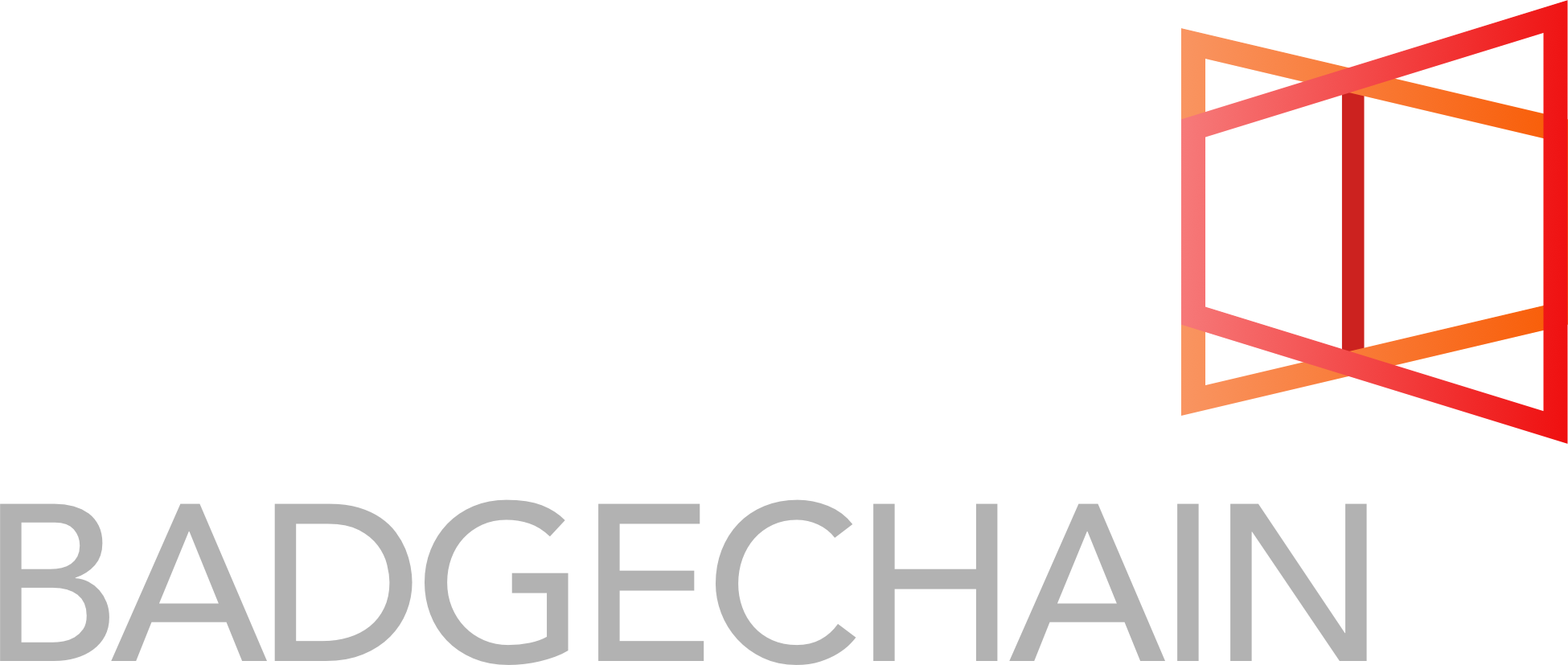Five Questions with Accredible: Credentials & Blockchain
September 28th, 2017 | Kerri LemoieAccredible.com provides their customers the option to record credentials on the blockchain. We asked Alan Heppenstall, Cofounder & Chief Technology Officer, five questions about this service.
~ ~ ~
Please describe Accredible and how it is using blockchain.
Accredible lets organizations create, deliver and manage certificates, badges and blockchain credentials for learning achievements. Accredible services a wide array of customers spanning associations, professional training organizations, technology companies, higher education institutions, nonprofits, and more.
Our customers are able to optionally have their credentials recorded on the blockchain so that there’s a permanent immutable record of their achievement. Here’s an example: https://www.credential.net/blockchn
Why did you decide to use blockchain?
In short, the Blockchain adds an extra layer of trust for our credentials.
We have many stakeholders involved to achieve our aim. You’ve got the credential issuer, the credential recipient, third-party viewers, and Accredible as the facilitator of the transaction.
Blockchain allows Accredible to demonstrate to all of them that after the credential was created no party has made any amendment without having to make that clear due to being different from the Blockchain record (since as a decentralized network, every transaction is recorded on every computer on the blockchain).
What couldn’t traditional technologies do that made you shift to blockchain?
The history of credential security goes back pretty far…
A long time ago credentials were principally issued as paper certificates that relied on intricate designs, wax stamps, foils, embossing, watermarks, and other design elements to prevent forgeries and other forms of fraud. However, with modern technology these methods have become painfully easy to fake. Not to mention, paper certificates are prone to misprints, have high shipping costs, and are easily damaged. Even more challenging, what if someone doesn’t know what the certificate is supposed to look like? How can they then verify its’ authenticity? What happens when a credential requires recertification or if a credential is revoked or out of date? Convincing someone to tear up or ship back their physical paper certificate is not easy.
…then there was the move to digital credentialing
Digital issuing of credentials offered some relief to these problems. Companies that help organizations issue their credentials online provided banklevel encryption to URL based digital certificates and credentials. Now in order to produce a fake, the perpetrator would need to hack into highly secure servers to manipulate data or issue fraudulent credentials. This method of issuing was an order of magnitude more secure than paper, and up until now, was the most secure way to issue and verify credentials.
… but we still needed something better…
However, that’s still not necessarily enough in a world where data breaches and hacking attempts are becoming more common every day. For digital credentialing companies, one of the greatest challenges is finding a “unhackable” way to issue, store, and verify credentials. After all, a credential’s value is only as good as the reputation of the organization behind it. If a third party can’t trust the validity of the credential, then the organization (and the credential recipient) is in a difficult situation.
…so we started issuing via the Blockchain…
Once a credential is recorded to the blockchain, it can’t be altered, faked, or spoofed. If someone attempts to create a fake credential that looks like an issued credential, it won’t verify against the existing Blockchain record. Even if the company issuing the credential itself is hacked, the digital credential itself will remain unaffected and secure. We feel like we’re now offering the most secure and verifiable credentials for our stakeholders.
What are the challenges & successes you’ve encountered or anticipate you may encounter?
Cost was certainly a big concern with the number of transactions we need to create and the requirement that the unit cost per transaction be as low as possible for our customers. We used https://tierion.com to help manage this.
Another challenge was simply educating individuals on what it means to be issuing on the
blockchain. Considering the technology is still so new, we can’t assume everyone knows what it means for their organization or if they’re an individual what it means for the value and verifiability of the credential they hold. We also need to educate the “third party verifiers” (ex: potential employers) on how valuable it is to be able to verify a credential on the blockchain.
What resources (online, podcasts, books, etc..) do you suggest that will assist our readers in understanding how you are using blockchain?
Here’s a brief introduction:
https://hackernoon.com/accredibleusestierionforblockchainverifiablecredentials633c82b6ec
Here are some help documents:
https://help.accredible.com/hc/enus/sections/115001079189Blockchain
Looking down the road, what do you think the future of blockchain is for credentials?
This is the future of issuing and verifying digital credentials. Using the same technology used to log and secure Bitcoin transactions, organizations can securely log the transaction of a credential to their recipients, making it easy for third-party verifiers to trust its’ legitimacy with the click of a button.
We expect Blockchain to be a standard feature in any credential issuance. Providing an
immutable record is an obvious benefit and in the long run we’d expect any party to be able to use the Blockchain record itself to verify the authenticity of any credential.

Follow Us